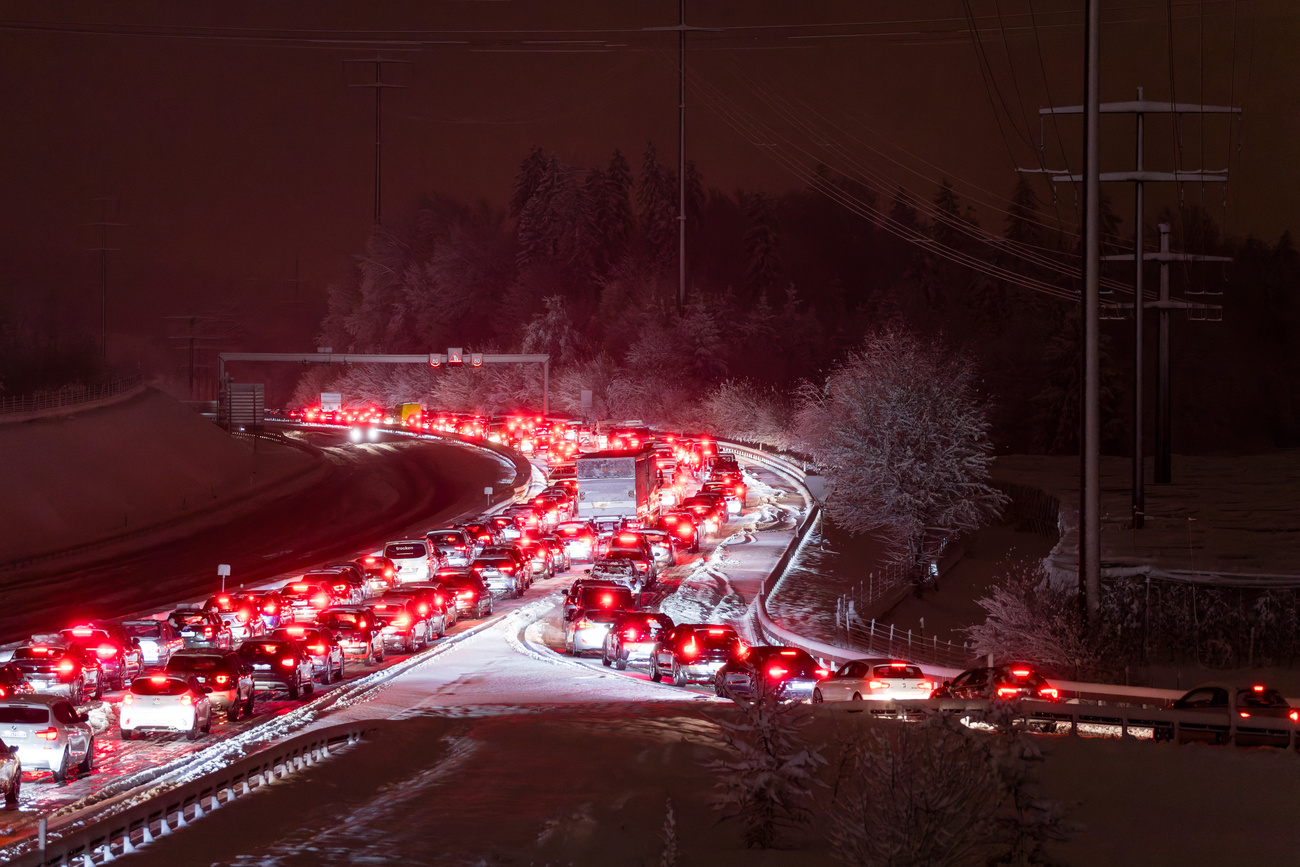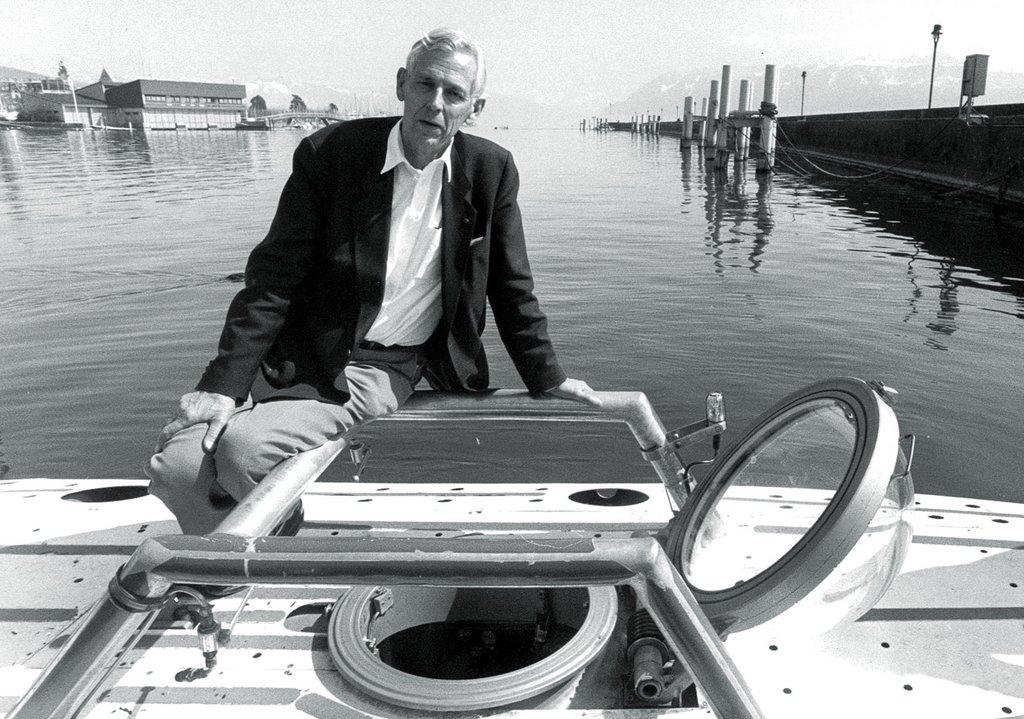Adventurer demands more green action

Swiss adventurer Bertrand Piccard has called on Switzerland to stop lagging behind other countries and take a leading role in developing renewable energies.
Piccard, who plans to fly around the world in a solar-powered aircraft, spoke out on Monday against industrial opponents of energy reforms aimed at reducing greenhouse gas emissions in Switzerland.
Piccard made his comments as Environment Minister Moritz Leuenberger visited the Solar Impulse aircraft project at a military airbase in Dübendorf, outside Zurich.
“We can achieve so much more than we think with energy saving and renewable energy, but we fear the unknown and are faced with opposition,” Piccard told swissinfo.
“It is important to understand that saving energy is the only course for a sustainable economy, which would benefit not only the Green Party but industry and the economy. If we insulate our buildings or install new heating systems, it would generate profit for SMEs [small and medium-sized enterprises].”
Piccard added that Switzerland had failed so far to make the most of its expertise and capacity to play a leading role in the area of renewable energies.
“With ambition and vision we could be leaders. Switzerland is a leader in banking, insurance, the Red Cross, tunnels and hydro-electricity. But Germany, Japan and even the United States are bigger pioneers,” he said.
Test flight
Leuenberger hailed the Solar Impulse project as an important “symbol” for environmentally friendly transport, not just in Switzerland but around the world. He argued that the only way to reconcile increasing demand for transport with concerns about the environment was to develop innovative technology.
The Solar Impulse aircraft is powered with solar panels that coat the 61-metre wingspan. The prototype will make its first flight next spring in preparation for the construction of the final model that Piccard plans to fly around the world without conventional fuel in 2011.
Solar Impulse chief executive André Borschberg told swissinfo that the purpose of building such an aircraft was to demonstrate what could be achieved with the available technology. But he added that the pioneering work could also be put to commercial use.
“There could be direct commercial applications because there is interest for high-altitude flying platforms such as low-level satellites. We would be ready to share our technology if there is any interest,” he said.
“Our main goal is not to develop a direct commercial application; our main objective is to demonstrate what we can do with renewable energies and to forge a new path.”
swissinfo, Matthew Allen in Dübendorf
Bertrand Piccard announced his intention to fly around the world in a solar-powered aircraft in 2003. The prototype model was unveiled a year ago.
Solar Impulse has a 61-metre wingspan coated with solar panels and is made of ultra-light materials, weighing 1.5 tonnes.
It is hoped that the aircraft will be ready to complete a 36-hour day-night flight next year. A new model would then be built to allow Piccard to fly around the world in 2011.
While Piccard’s flight would be a first, other groups have already attempted solar-powered flight. Nasa achieved success in 1997 when its Pathfinder – a lightweight, unmanned, flying wing – built with the AeroVironment firm climbed to 21,793 metres under its own power.
In 2001 the remotely piloted Helios aircraft reached an altitude of 29,524 metres – an unofficial world-record altitude flight for a solar plane. During a 2003 flight, Helios crashed near Hawaii. The first really notable solar aircraft was AeroVironment’s Solar Challenger, which crossed the English Channel in July 1981.

In compliance with the JTI standards
More: SWI swissinfo.ch certified by the Journalism Trust Initiative












You can find an overview of ongoing debates with our journalists here . Please join us!
If you want to start a conversation about a topic raised in this article or want to report factual errors, email us at english@swissinfo.ch.